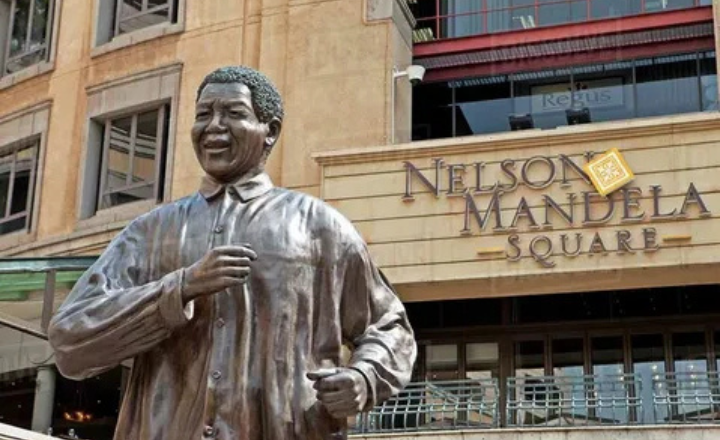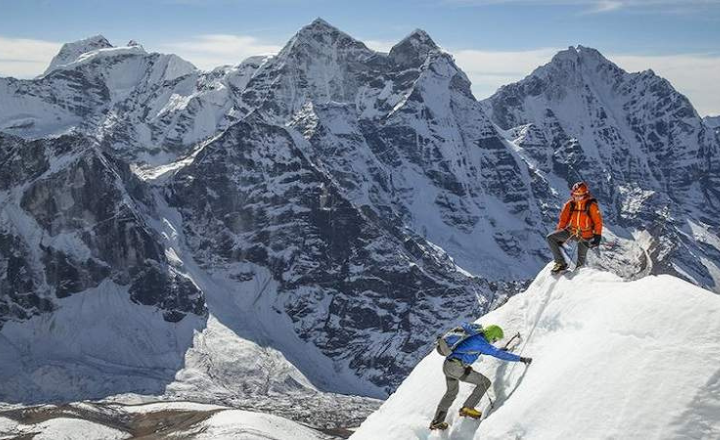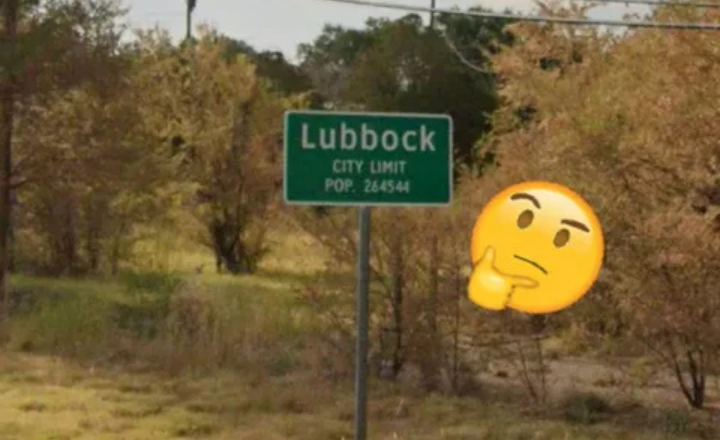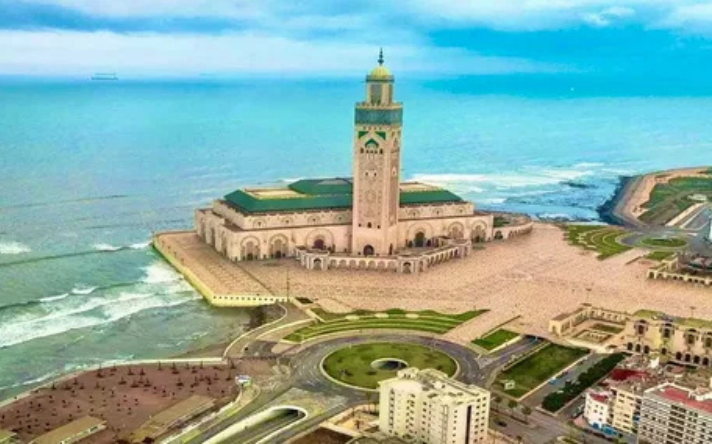12 Iconic Mandela South Africa Landmarks to Visit
Visiting 12 Iconic Mandela South Africa Landmarks is very charming and exciting tour for travelers. South Africa is home to landmarks that tell the remarkable story of Nelson Mandela’s fight for freedom. From the cells where he was imprisoned to the vibrant streets that echo his legacy, these sites are more than just tourist attractions; they are powerful reminders of resilience and hope.
In this article, we’ll explore 12 iconic landmarks that not only celebrate Mandela’s life but also offer insight into the rich tapestry of South African history.
If you’re planning a trip and wondering what to prioritize, these Mandela South Africa landmarks aren’t just historical stops or common Nelson Mandela Legacy sites. They’re emotional places that keep a memory in the memories of Mandela Day. And if you’re someone who finds beauty in stories… this trail is full of them. Honestly, it’s hard not to get a bit emotional along the way.
By the end, you’ll be inspired to embark on your own journey through a land that shaped one of the greatest leaders of our time. Walking in the footsteps of a man who changed the course of
history. Nelson Mandela’s legacy is impressed into the very fabric of South Africa. The nation boasts a range of landmarks that serve as testaments to its enduring fight for justice and equality. In this article, we will unveil 12 must-visit sites that capture the essence of Mandela’s journey and the broader struggle against the desire to eat food items.
Whether you’re planning a trip or simply wish to deepen your understanding, this guide will illuminate the significance of each landmark and its role in shaping modern South Africa.
Why Visit These 12 Unique Mandela South Africa Landmarks?
Nelson Mandela, a symbol of peace and resilience, once walked the streets of South Africa, leaving behind a legacy woven into the very fabric of the nation. This article invites you to explore 12 unique landmarks that tell the story of his life and struggles, offering insights into the rich history and culture of South Africa.
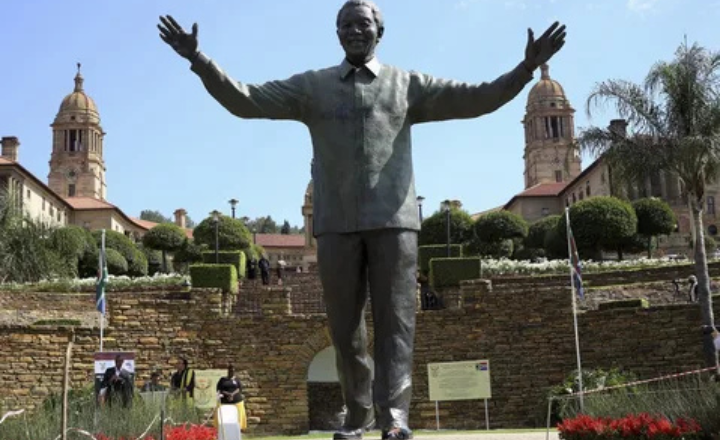
By visiting these sites, you’ll not only gain a deeper understanding of 12 Iconic Mandela’s impact but also experience the vibrant spirit of a country still healing from its past. Get ready to embark on a journey that celebrates heritage and human rights.
Standing at the very locations where history was made, places that shaped Nelson Mandela’s fight for justice and equality. South Africa is dotted with landmarks that not only commemorate its legacy but also reflect the nation’s ongoing journey toward unity and reconciliation.
In this article, we’ll take you through 12 unique sites that are essential for anyone looking to understand Mandela’s enduring influence and the broader narrative of South African history. Prepare to be inspired and enlightened as you uncover the stories behind these remarkable landmarks.
1. Robben Island – The Prison That Shaped a President
Robben Island, notorious for its harsh conditions and political repression, became the crucible that forged Nelson or ionic Mandela into the figure we respect today. In this article, we will explore how this small island off the coast of South Africa not only shaped Mandela’s character but also played a pivotal role in the fight against apartheid. Readers will gain insights into the transformative power of resilience and the historical significance of this unique location.
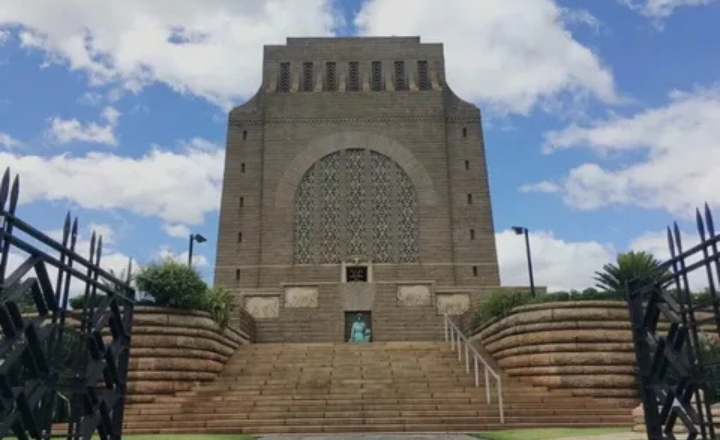
Robben Island is not just a place of confinement; it is where Nelson Mandela honed his vision for a united South Africa while enduring unimaginable hardships. This article deeply highlights how the experiences and lessons learned during his imprisonment influenced Mandela’s leadership and commitment to justice. By understanding this connection, readers will appreciate the profound impact of personal trials on broader societal change.
What to Expect on the Tour
In this article, we’ll highlight the significance of this historic site 12 Iconic Mandela South Africa Landmarks and how it became a symbol of resilience and hope for millions. Understanding the impact of Robben Island on Nelson Mandela’s journey not only enriches our appreciation of history but also inspires us to reflect on the power of perseverance. Join us as we explore what to expect on the tour and uncover the untold stories that lie within its walls.
Robben Island, The Prison That Shaped a President, is not just a tourist destination; it’s a place where the spirit of resistance was born. This article will prepare you for what to expect on your tour, revealing the lessons and legacies that emanate from its storied past. Get ready to enjoy a journey that connects you with the heart of South Africa’s struggle for freedom.
Apartheid Museum – A Journey Through South Africa’s History
South Africa’s Racism Museum is not just a collection of artifacts, but a powerful narrative that unravels the complexities of a society shaped by racial division. This museum offers an immersive journey through the harrowing and transformative history of racism, making it essential for anyone seeking to understand the struggles and triumphs of a nation.
In this article, we will explore the museum’s key exhibits, its emotional impact, and why visiting this site is vital for grasping the ongoing legacy of apartheid in contemporary South Africa.
The Apartheid Museum in Johannesburg does just that, offering visitors an unblinking look at the realities of apartheid and its enduring effects on South African society. This article will guide you through the museum’s compelling exhibits, discuss its significance in today’s world, and inspire you to consider how history shapes our present and future.
Mandela Exhibition Highlights
Now, let’s zero in on the 12 Iconic Mandela South Africa-specific displays. Because they’re honest about something else.
- Mandela’s letters from prison: These aren’t just dusty old papers. They’re achingly human. Some are to Winnie. Some to his children. You can see the discipline in his handwriting, the restraint in his language, and the deep love tucked between every line.
- His passport, suits, and family photos: Small details, but they add color to the legend. You start seeing Mandela not just as a global icon, but as a father, a friend, a man with favorite ties and stories to tell.
- Video interviews and protest footage: This part feels alive. Loud, angry, brave. It’s one thing to read about uprisings, but seeing them, hearing the chants, the sirens, the speeches gives you goosebumps.
- A recreated prison cell: This one reflects the feeling of Robben Island. Same chill. Same stillness. It’s a sobering reminder of how long he was isolated and yet never, really, silenced.
- Tuesday to Sunday 9:00 AM to 5:00 PM (Closed Mondays)
- Tickets: Approx. R150 (Check the website for updated prices
Mandela House, Soweto – Where His Story Began
Nelson Mandela in Soweto is more than just a house. It’s a symbol of resilience, hope, and the constant fight for justice that defined a nation. In this article, we’ll explore Mandela House, where his extraordinary journey began, and uncover the significance of this landmark in South Africa’s history. By the end, you’ll gain a deeper understanding of how this modest residence shaped one of the world’s most influential leaders.
Mandela House in Soweto stands as a testament to the life and legacy of Nelson Mandela, a place where dreams of equality were born. This article will take you on a journey through the significance of this historic site, revealing how it encapsulates the spirit of resistance and change. You’ll leave with a newfound appreciation for Mandela’s impact on both South Africa and the world.
Quick Snapshot
- Location: Vilakazi Street, Soweto
- Time to spend: 30–45 minutes
- Entry Fee: Around R60
- Don’t miss: The original bedroom, featuring Winnie Mandela’s photo, is a powerful piece of their shared story.
Constitution Hill – From Prison to Constitutional Court
Constitution Hill, located in Johannesburg, has transformed from a notorious prison into the home of South Africa’s Constitutional Court. This remarkable metamorphosis of 12 Iconic Mandela South Africa reflects the nation’s journey toward human rights. In this article, we will examine the historical significance of Constitution Hill, its role in shaping legal principles, and how it serves as a poignant reminder of the importance of justice in contemporary society.
Constitution Hill embodies this dichotomy, evolving from a grim prison to a thriving center for constitutional law in South Africa. This transformation is not just about architecture; it’s about the ideals of democracy and the rule of law. Join us as we delve into the rich history of Constitution Hill and uncover how it has become a symbol of resilience and progress in the fight for human rights.
- One of the most beautiful places in South Africa, in a very unexpected way.
- Perfect for a deep dive into South Africa’s legal evolution.
- Full of spiritual energies, not in the mystical vortex energy way, but in that “you can feel something shift here” sense.
Opening Hours & Info
Open Daily: 9:00 AM – 5:00 PM
Allow at least 1.5 to 2 hours
Entrance: Around R90 Accessibility: Easy walk, close to central Johannesburg
Mandela Capture Site, KwaZulu-Natal – Where His Freedom Ended Temporarily
Nelson Mandela or 12 Iconic Mandela South Africa landmarks was captured in 1962 and has become a profound symbol of resilience and hope. The Mandela Capture Site in KwaZulu-Natal marks not just the end of his freedom, but also the beginning of a global movement for justice and equality. This article explores the significance of this historical site, shedding light on its transformation into a place of remembrance and education.
By highlighting Mandela’s story and the impact of his legacy, readers will gain insight into the enduring fight for human rights that continues to resonate today. The Mandela Capture Site in KwaZulu-Natal serves as a poignant reminder of Nelson Mandela’s temporary loss of freedom, yet it also symbolizes the relentless pursuit of liberation in South Africa.
This article will take you through the historical context surrounding Mandela’s capture, the site’s evolution into a cultural landmark, and its significance in today’s world. By engaging with this narrative, readers will not only learn about Mandela’s legacy but also reflect on their own roles in advocating for change.
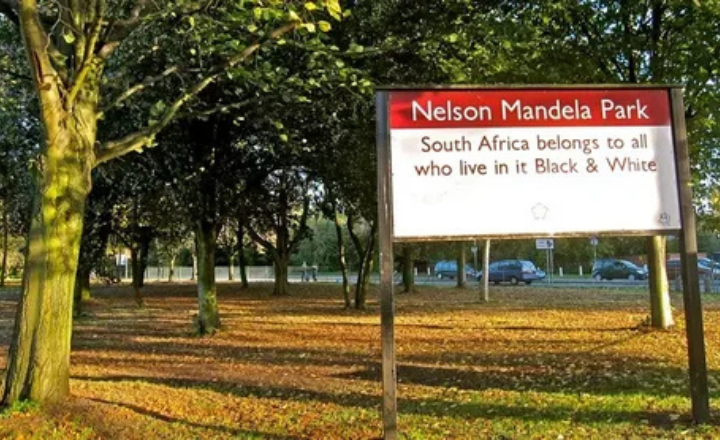
Ideal For:
- History lovers looking for something off the typical Joburg-Cape Town track
- Road-trippers seeking scenic spots in South Africa (the Midlands Meander route nearby is gorgeous)
- Couples or solo travelers chasing stories over souvenirs
Opening Hours
Monday to Sunday – 8:30 AM to 4:00 PM
Tickets: ± R100
Best done by car; it’s about 90 minutes from Durban
Nelson Mandela Square, Johannesburg – A Lively Tribute
Nelson Mandela Square is not merely a shopping destination; it is an honor to one of the world’s most revered leaders. The square, dominated by a towering bronze statue of Mandela, serves as a gathering place where the spirit of unity and resilience permeates the air. Visitors can often find street performers and local artists showcasing their talents, adding an eclectic vibrancy that mirrors Johannesburg’s rich cultural tapestry.
The lively atmosphere invites both tourists and locals to engage in spontaneous conversations, fostering a sense of community amidst the bustling urban backdrop. Beyond shopping and dining, Nelson Mandela Square stands as a living museum, celebrating South Africa’s journey toward freedom and reconciliation.
The surrounding restaurants offer diverse culinary experiences, reflecting the nation’s melting pot of cultures, while art installations narrate stories of struggle and triumph. As night falls, the square transforms into a radiant hub, with lights dancing on the water features and laughter echoing among friends. This dynamic environment encourages visitors to reflect on Mandela’s legacy, reminding them that the fight for justice and equality continues in everyday life.
Fun Idea for Couples:
Snap a photo under the statue, then head to one of the nearby rooftop bars for sundowners. It’s not listed among the typical best places to visit in South Africa for couples, but trust me — the combo of city lights, jazz, and a little Mandela magic makes it special.
Quick Details
- Location: Sandton, Johannesburg
- Best Time for Photos: Morning (less crowded)
- Surrounded by high-end shops and global brands
- Grab lunch at: Tasha’s, The Butcher Shop & Grill, or Big Mouth
While you’re here, check out the Sandton Library just around the corner. They often have Mandela-themed art displays or book showcases tied to his philosophy.
Robben Island – The Prison That Shaped a President
Robben Island, a barren land off the coast of Cape Town, has lost its character without hope as a maximum-security prison to become a crucible of resilience and transformation. It was here that Nelson Mandela spent 18 of his 27 years behind bars, a period that not only tested his spirit but also forged the political ideologies that would eventually lead to the dismantling of apartheid in South Africa.
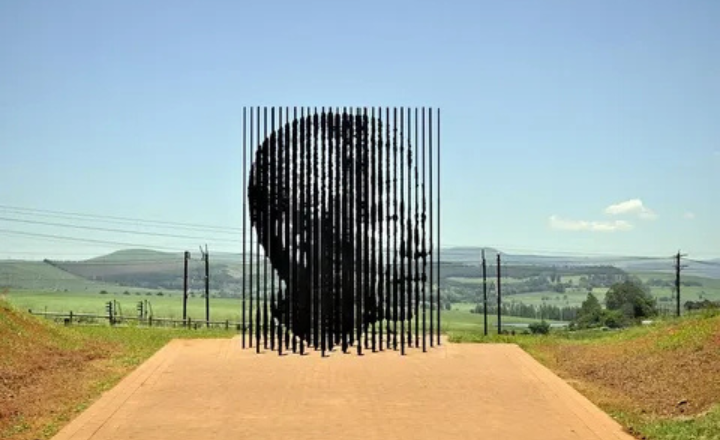
Far from merely a place of confinement, the island became a sanctuary for intellectual discourse among inmates, where ideas flourished even in the most oppressive conditions. if you are going to traveling you must visit the beautiful place 12 Iconic Mandela South Africa landmarks to make your journey memorable.
What often goes unnoticed is how the prison’s harsh realities catalyzed a profound sense of solidarity among diverse groups of political prisoners. The shared struggles and daily acts of defiance, whether through secret classes or smuggled writings, cultivated a collective identity that would later influence the broader anti-apartheid movement. The stark environment of Robben Island served as a poignant reminder that even in darkness, hope could be kindled.
Is It Kid-Friendly?
Honestly? It depends. For older kids and teens, absolutely. It’s eye-opening. For younger children, maybe not ideal (long ferry, heavy stories). But for families raising thoughtful little humans. It’s one of the most important places to visit in South Africa with family.
- Robben Island Tour Essentials
- Tours: Usually 3.5–4 hours (including ferry)
- Cost: ± R400 (adult), R210 (child).
- Book in advance, especially during the summer months
- Departs from: Nelson Mandela Gateway at the V&A Waterfront
- Dress warm, the wind doesn’t play around, even in summer
Qunu – Mandela’s Hometown and Final Resting Place
Qunu, a tranquil village nestled in the rolling hills of the Eastern Cape, is not merely a geographic location; it is a moving testament to Nelson Mandela’s roots and legacy. Here, the air is infused with the stories of his youth, from the vibrant gatherings under the ancient trees to the cultural ceremony that shaped his identity.
In this serene landscape, one can almost hear the echoes of laughter and the whispers of wisdom imparted by his family, grounding Mandela in values that would later influence a nation.
His final resting place, a beautifully designed grave marked by simplicity and dignity, reflects the essence of a man who cherished his heritage. Visitors are drawn not just to pay their respects but to connect with the spirit of resilience that permeates Qunu.
The site has become a pilgrimage for those seeking inspiration from 12 Iconic Mandela’s journey, reminding us that greatness often sprouts from humble beginnings. As one strolls through this village, it becomes clear that Qunu is more than a memorial; it is a living narrative of freedom, hope, and the enduring power of community.

Why It Matters
- It’s not just where Mandela’s story began — it’s where he chose to end it
- Offers spiritual energies rooted in ancestry and connection to land
- One of the most underrated scenic spots in South Africa
Good to Know
Location: Qunu, near Mthatha (Eastern Cape)
Museum Hours: 9:00 AM – 4:00 PM
Entry Fee: Usually free or donation-based
Accessibility: Best visited via private car or organized tour
Allow half a day to really take it in, maybe more if you want to explore nearby rural life.
Victor Verster Prison – The Final Gate to Freedom
Victor Verster Prison, a site steeped in the complex story of South Africa’s transition from apartheid to democracy, served as the final gate to freedom for Nelson Mandela. This seemingly unremarkable facility became a symbol of hope and resilience, representing not just the end of a long incarceration but the dawn of a new era for an entire nation. As Mandela stepped out of its gates on February 11, 1990, he did not merely leave behind the walls that confined him for 27 years; he emerged as a beacon of reconciliation, embodying the spirit of a country yearning for unity.
The prison’s location, nestled in the picturesque Boland region, contrasts sharply with the heavy history it holds. It was here that Mandela’s thoughts crystallized into visions for a democratic South Africa, where equality and freedom would reign. The quiet surroundings served as a backdrop for reflection, allowing him to strategize his next steps toward liberation not only for himself but for millions who had suffered under oppressive rule. Today, Victor Verster stands not only as a historical site but as a poignant reminder of the power of perseverance, encouraging visitors to contemplate the enduring struggle for justice and human rights worldwide.
Ideal for
- Those traveling the Cape Winelands route (it’s just outside Paarl)
- Couples looking for scenic and meaningful spots, vineyards + history = unexpected combo
- Visitors tracing the final steps of Mandela’s imprisonment journey
Practical Info
- Location: Between Paarl and Franschhoek
- Open: 8:00 AM – 4:00 PM (check ahead; sometimes closed on weekends)
- Free entry
- Best accessed by car (part of the wine route detour)
Liliesleaf Farm – Where Resistance Was Rooted
Liliesleaf Farm stands as a poignant testament to the resilience of the anti-apartheid movement in South Africa. Nestled in Rivonia, this seemingly peaceful rural estate was once a clandestine hub for some of the nation’s most formidable freedom fighters, including Nelson Mandela and Walter Sisulu. The farm’s serene surroundings belied the intense political strategies and revolutionary dialogues that unfolded within its walls. Each room whispers stories of courage, where the scent of freshly brewed coffee mingles with the tension of pivotal discussions that would shape a nation’s future.
Today, Liliesleaf serves not just as a historical landmark but as a living museum that invites visitors to immerse themselves in its rich narrative. The site has evolved into
- an educational center,
- inspiring new generations to engage with the complexities of social justice
- resistance. Interactive exhibits encourage reflection on the sacrifices made for freedom, urging visitors to recognize their role in contemporary struggles against inequality. Liliesleaf is not merely a relic of the past; it is a vibrant space where the seeds of activism continue to germinate, reminding us that the fight for justice is an ongoing journey rooted in collective memory and action.
Good For
- Visitors who want more than surface-level history
- Families with older kids (teens especially)
- Anyone interested in South Africa’s underground freedom movement
Need-to-Know
- Location: Rivonia, Johannesburg
- Open: Monday–Friday (9:00 AM – 4:00 PM)
- Entry: ± R120 (adult), R80 (student).
- Best to check ahead the museum has occasionally closed for renovations
Cape Town City Hall – Mandela’s First Words as a Free Man
Standing before the majestic Cape Town City Hall, one can almost hear the story of history reverberating through its grand halls. It was here, on February 11, 1990, that Nelson Mandela delivered his first words as a free man, marking a pivotal moment in South Africa’s journey toward liberation. The significance of this site extends beyond its architectural beauty; it embodies the resilience of a nation yearning for justice and equality. As Mandela stepped onto the balcony, he not only addressed a crowd of thousands but also ignited hope in millions across the globe.
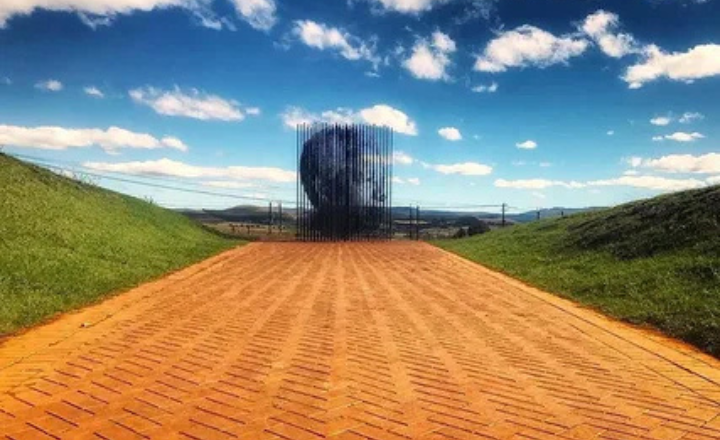
His evoking declaration, “I stand here before you not as a prophet but as a humble servant of you, the people,” reflects Mandela’s deep commitment to democracy and collective progress. This powerful sentiment resonates today, urging us to examine our own roles in fostering social change.
Why This Site Matters
- It’s where Mandela’s post-prison chapter began — symbolically and literally
- Ideal for reflection before or after visiting Robben Island
- Central location near other places of interest in South Africa, especially for first-time visitors
Quick Info
- Location: Darling St, Cape Town City Centre
- Must-do: Take a photo beside the statue, then walk across to Grand Parade for perspective
- Time Needed: 30–45 minutes
Pro Tip: Visit during late afternoon winter light (around 4–5 PM) you’ll get a golden glow over the building and fewer tourists around.
.
🇿🇦 Union Buildings – Where Mandela Took the Oath of Office
The Union Buildings in Pretoria stand as a monumental testament to South Africa’s complex history, symbolizing not just political power but also profound transformation. It was here, on May 10, 1994, that Nelson Mandela took the oath of office, marking the dawn of a new era for a nation long fractured by apartheid. This iconic moment was not merely a political ceremony; it was a powerful statement of hope and resilience, showcasing the triumph of the human spirit over systemic oppression.
Why It’s Unmissable
- Site of Mandela’s presidential inauguration
- Incredible views of Pretoria — especially during golden hour
- Family-friendly spot with open lawns and picnic tables
- Feels like the final stop on a Mandela heritage route
Visitor Details
- Location: Government Ave, Pretoria
- Open: Grounds are always accessible, best during daylight
- Free entry
- Bonus: The Freedom Park isn’t far easy to pair visits if you’re in the area
Conclusion
Visiting these Mandela-related places isn’t just a history tour. It’s emotional. Personal. Sometimes unsettling. Sometimes uplifting. But always — always — meaningful.
Whether you’re standing on the windswept edge of Robben Island, tracing footsteps through Soweto’s dusty lanes, or staring up at that statue outside the Union Buildings, you’ll feel it. That pull. That vortex of change Mandela represented and still does.
And what’s beautiful? Each of these places tells a different chapter of the same story. From rebellion to imprisonment. From silence to speech. From the struggle against apartheid to something close to peace.
So don’t just snap photos. Let the quiet moments sink in. Talk to the locals. Ask questions. Cry if you need to. Smile when you feel hopeful again.
FAQs
1. Can I visit all the Mandela heritage sites in one trip?
Yes, but you’ll need about 5 to 7 days minimum. They’re spread across Johannesburg, Pretoria, Cape Town, and the Eastern Cape (Qunu). Domestic flights between cities help a lot.
2. Is Robben Island worth the time and ferry trip?
Absolutely. It’s one of the most powerful places of interest in South Africa. Just book ahead tours fill fast, especially in summer.
3. What’s the best Mandela site to visit if I’m short on time in Joburg?
Go to the Apartheid Museum and Mandela House in Soweto. They’re close enough for a same-day trip and offer both context and personal insight.
4. Can I take kids to these historical sites?
Yes, but younger kids might find some places heavy or complex, especially Constitution Hill or Liliesleaf Farm. Robben Island and the Union Buildings are more visually engaging.

